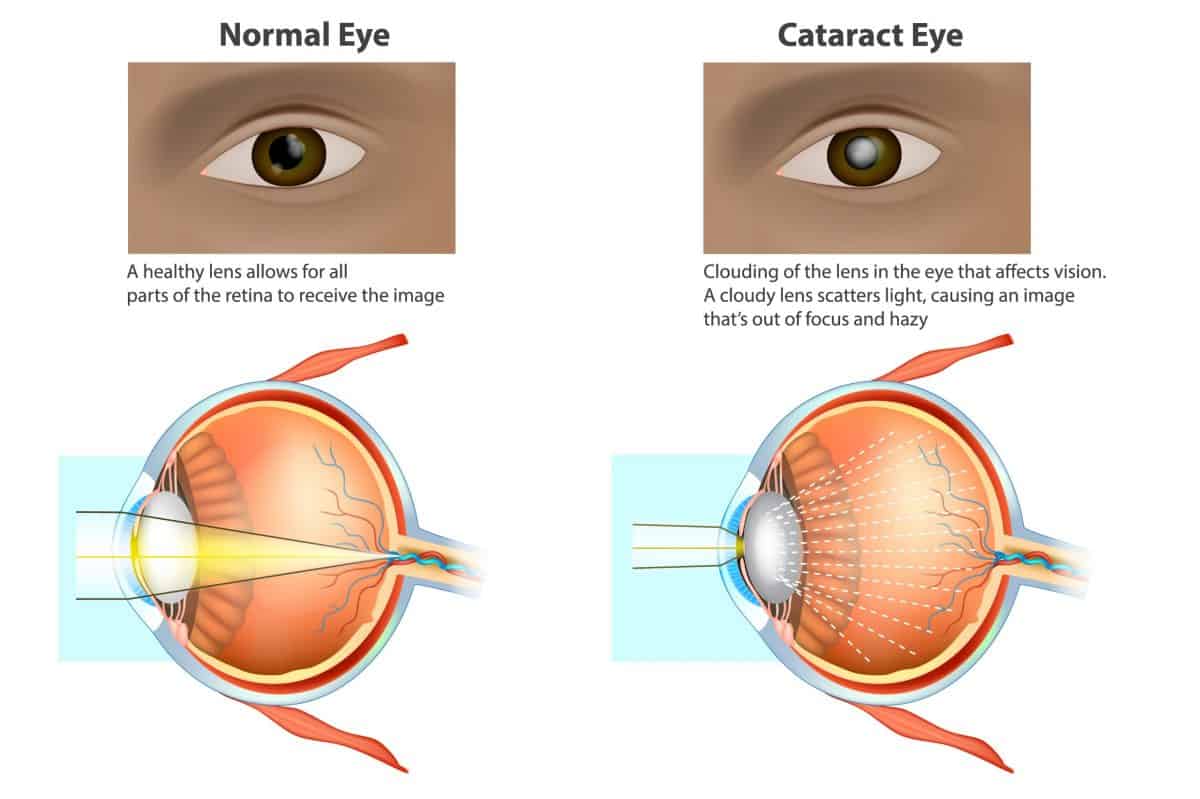Understanding the Different Types of Cataracts
- Posted on: Feb 7 2021
 A staggering number of people experience visual impairment due to cataracts. In fact, cataracts are one of the leading causes of visual impairment and blindness in the world.
A staggering number of people experience visual impairment due to cataracts. In fact, cataracts are one of the leading causes of visual impairment and blindness in the world.
It is virtually impossible to avoid getting cataracts. However, the more you educate yourself about cataracts, the more likely you are to be able to detect them in their early stages. Early detection offers the best chances at avoiding devastating vision loss to cataracts.
Read on as Dr. Gregory Pamel of Pamel Vision & Laser Group discusses the different types of cataracts.
Nuclear Sclerotic Cataracts
The most common type of cataract is a nuclear sclerotic cataract. These cataracts develop in the center of the lens, called the nucleus. The nucleus hardens, yellows and becomes cloudy, which interferes with the amount of light entering the eye. Gradually, the hardening and yellowing effect spreads to the other layers of the lens. Nuclear sclerotic cataracts develop very slowly and take years to cause noticeable symptoms.
All cataracts, including nuclear sclerotic cataracts, can cause blurry or cloudy vision, impaired night vision, sensitivity to light, difficulty discerning between colors, increased glare and halos around lights.
Nuclear sclerotic cataracts are sometimes associated with a brief improvement in near vision called “second sight.” This improvement is short-lived, and as the cataract progresses, near vision deteriorates.
Cortical Cataracts
Cortical cataracts affect the cortex, or the periphery or outside edge of the lens. The yellow and cloudy areas of the cortex slowly spread to the center of the lens, like the spokes on a wheel. Individuals with diabetes have the highest risk of developing cortical cataracts.
Posterior Subcapsular Cataracts
A posterior subcapsular cataract forms on the back surface of the lens, beneath the membrane or “capsule” that holds the lens in place. Posterior subcapsular cataracts develop faster than other types of cataracts. They are most likely to affect individuals who take steroid or diabetes medications or who have extreme nearsightedness or retinitis pigmentosa.
Expert Cataract Treatment at Pamel Vision & Laser Group
If you are experiencing symptoms of a cataract, Dr. Pamel encourages you to schedule an evaluation at our office. Cataracts are corrected with a routine surgical procedure. During the procedure, the natural lens is removed from the eye and an intraocular lens (IOL) is placed to restore clear vision. Some patients do not need glasses to see clearly after surgery; this will depend on the type of IOL that is placed.
To learn more about cataracts or cataract surgery, please contact Pamel Vision & Laser Group today.
Posted in: Cataract Surgery




